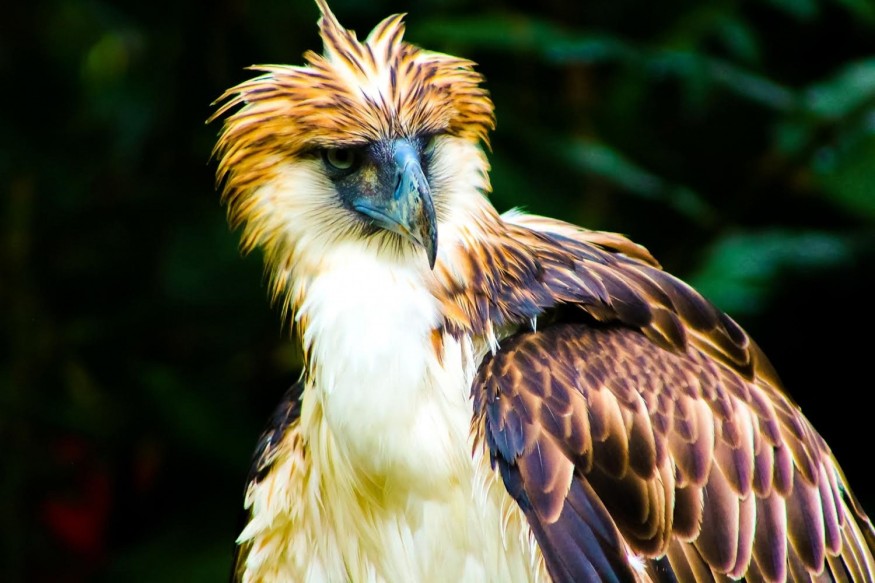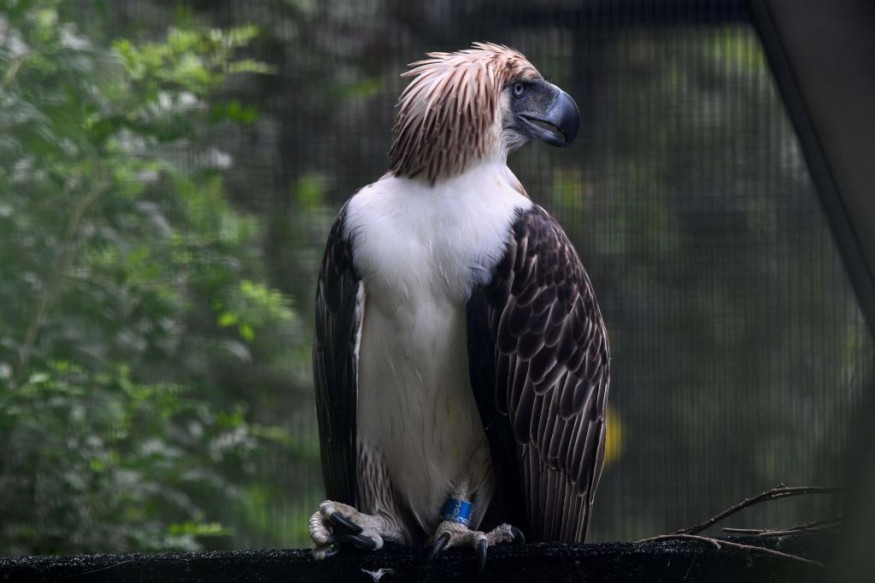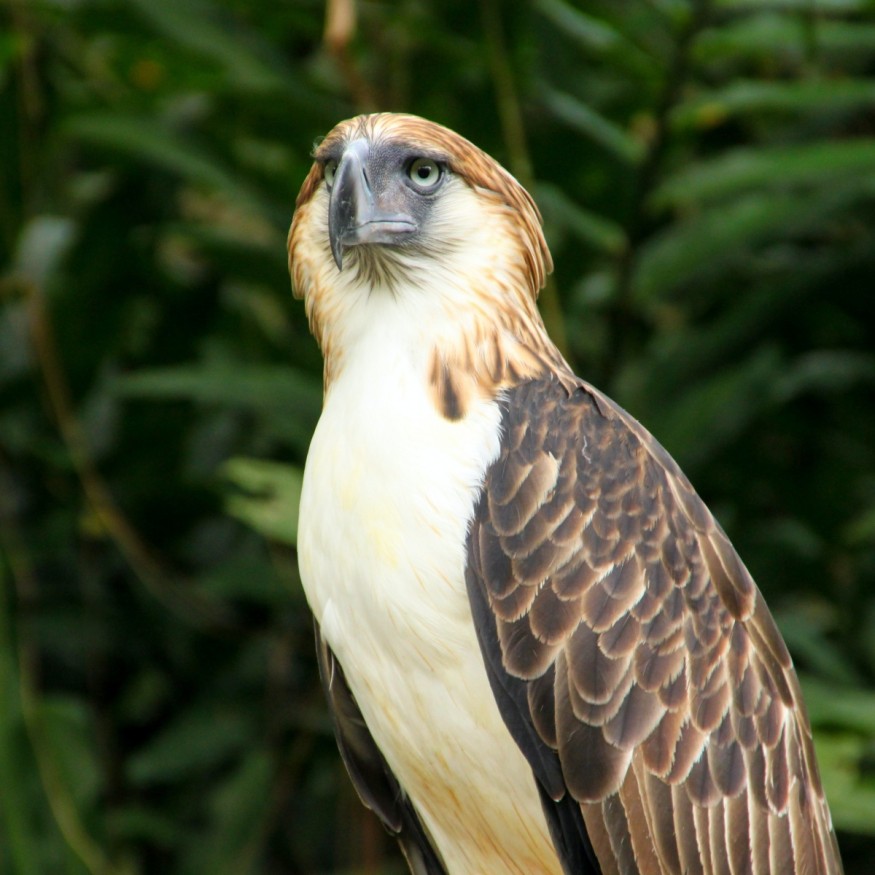The Philippine Eagle Foundation said on Monday that it plans to relocate its center to a new and larger facility in this city to preserve critically endangered national birds from illnesses and infections like avian flu.

Vigilant About Avian Flu
Fears about avian influenza (AI) or bird flu have prompted the Philippine Eagle Foundation (PEF) to consider relocating its endangered eagles from their refuge to a more secure site.
"All it takes is one instance of this lethal virus in the Philippine Eagle Center (PEC) to wipe out the world's sole captive breeding stock of the species," PEF Development Manager Andi Baldonado said during a news conference here Monday.
Baldonado mentioned an AI epidemic that occurred last month in the nearby town of Magsaysay, Davao del Sur, which is adjacent to the PEC plant in Malagos province.
"It's only 90 kilometers southwest of the PEC, bringing the threat directly to our doorstep and putting the PEC's 34 eagles at risk of extinction," she added.
"This represents a loss of 5% of the projected worldwide population of this already critically endangered species," says the report, "she continued.
Not An Easy Task

Baldonado acknowledged, however, that relocating the eagles to a more safe and suitable nesting area would be pricey.
"Because this strategy is costly and requires involvement from both the public and commercial sectors to accomplish, we want to gain support for it during Philippine Eagle Week (PEW)," she added.
#AgiLaya
From June 4 to 13, the PEF will commemorate "#AgiLaya: Lasting Freedom for the Philippine Eagle" with SM Lanang Premier, Boysen Paints the Philippines, and San Roque Power Corporation.
The celebration marks the PEF's 35th anniversary.
An exhibit commemorating Philippine eagle conservation accomplishments will be shown at SM Lanang Premier Atrium from June 5 to 12.
The display, which includes a taxidermy specimen of the late Pag-asa and forest patrol gear, shows how far eagle conservation has progressed.
King of the Philippine Skies

The Philippine Eagle is one of the largest and most powerful raptors on the planet.
It was once known as the Monkey-eating Eagle; according to local accounts, the raptor only ate monkeys. More subsequent research has indicated that the species preys on various creatures ranging from mice and bats to pigs and monitor lizards, proving that this was inaccurate. They are monogamous and mate for life unless one of the partners dies. They have a two-year breeding cycle, with the male and female sharing parental care for 20 months.
The Philippine Eagle prefers montane forests, typically found on high, rough slopes. Its diet changes according to the prey available on each island. The Philippine flying lemur is their preferred prey, although they also hunt palm civets, monkeys, snakes, monitor lizards, and occasionally other birds of prey.
Threatened
For the past 40 years, the eagle's small, quickly diminishing population has been on the verge of extinction. As a result, it was recently designated as the Philippines' National Bird, which has tremendously aided in raising awareness of the bird's condition. Commercial timber extraction, growing agriculture, mining operations, unregulated hunting, pesticide buildup, and catastrophic weather occurrences, such as Typhoon Haiyan in 2013, are all threats.
For more Animal Conservation and Preservation news, don't forget to follow Nature World News!
© 2025 NatureWorldNews.com All rights reserved. Do not reproduce without permission.





